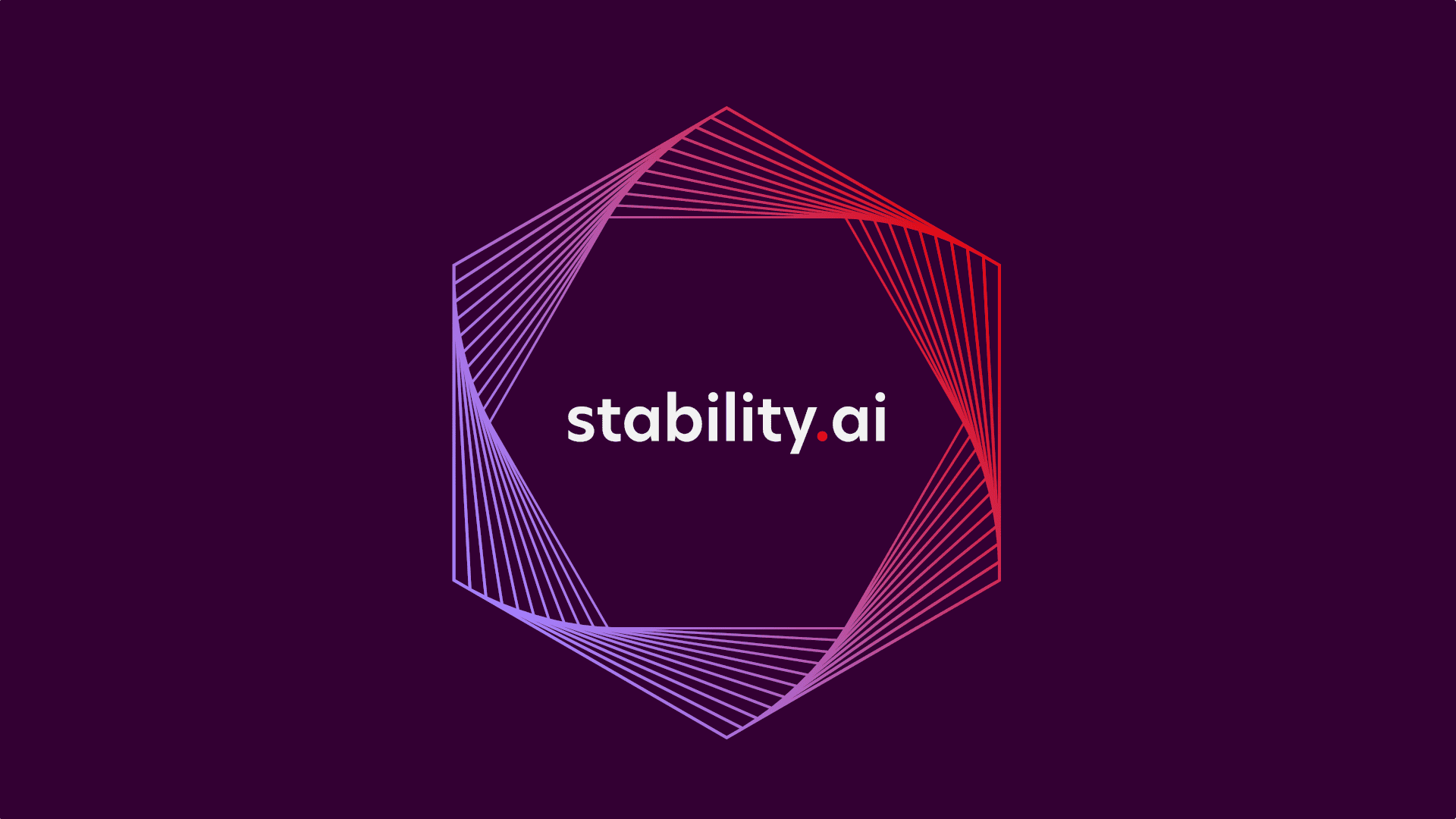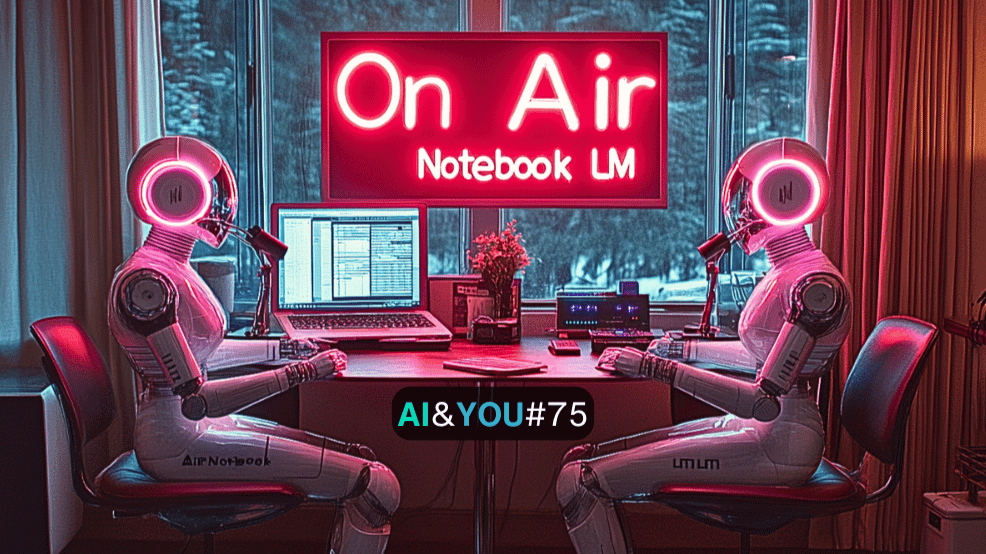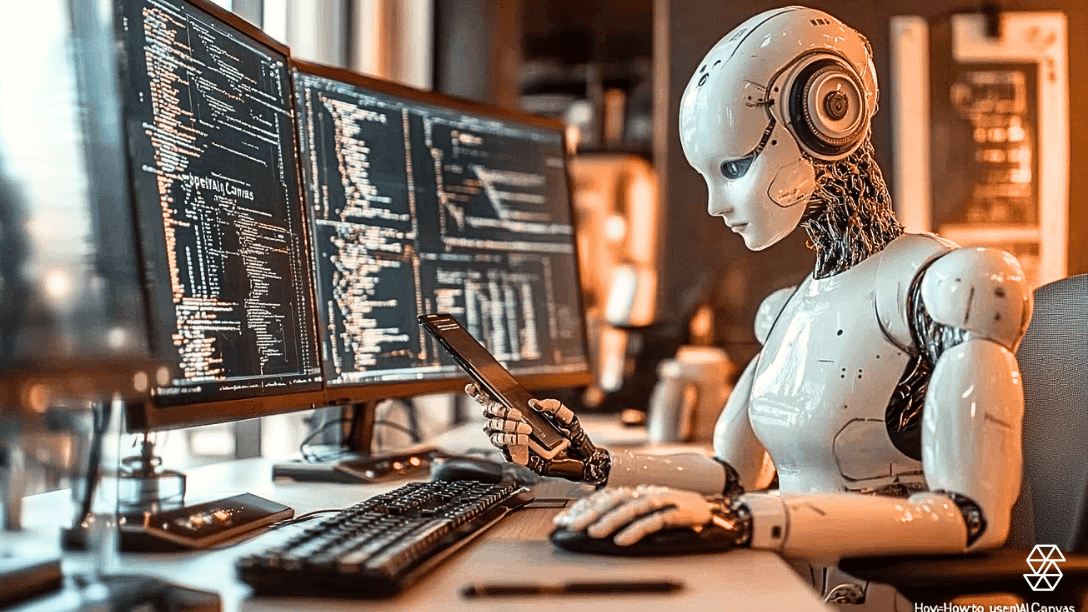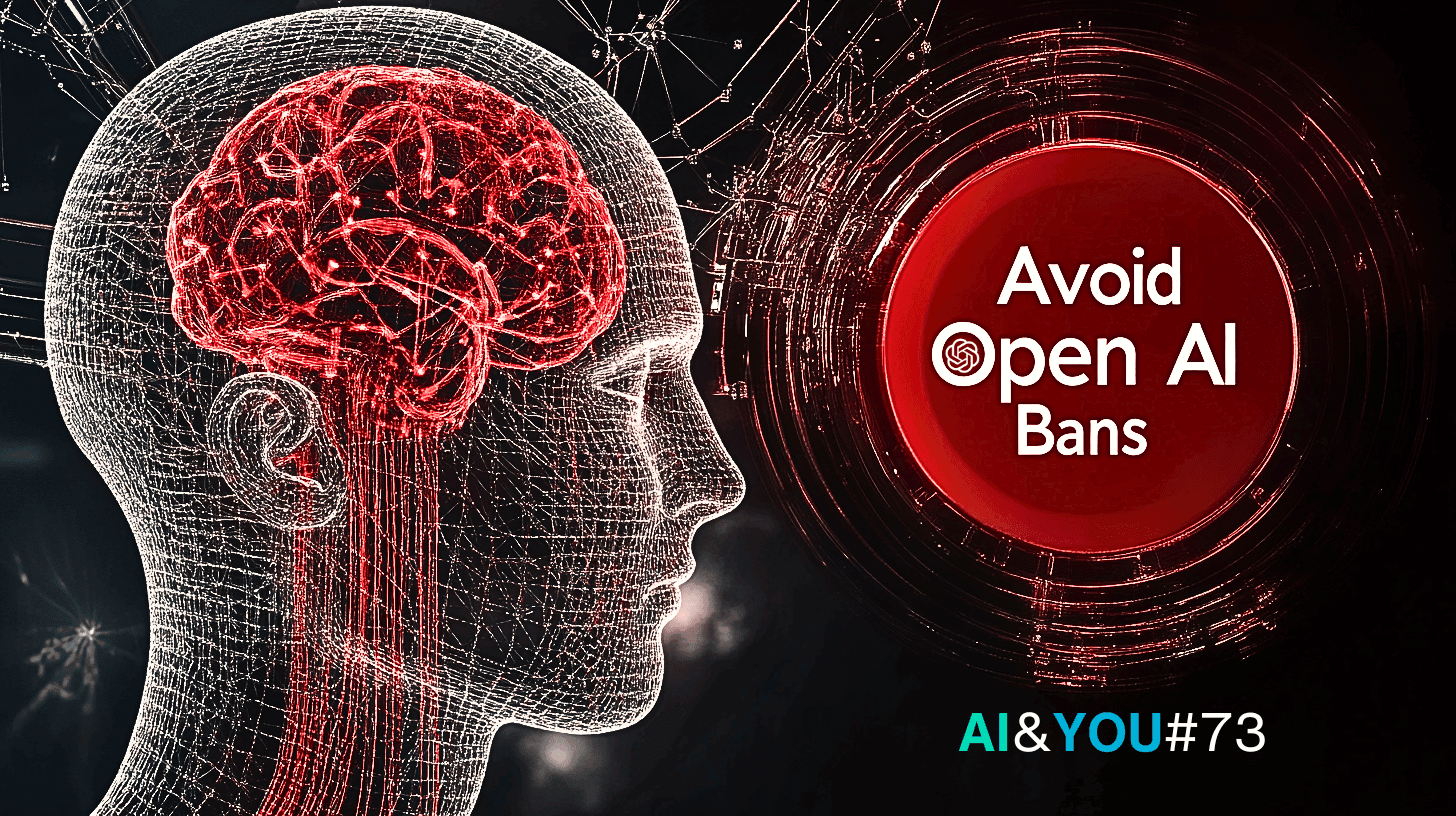Stability AI Company Profile: How to destroy a well funded startup + VC due diligence – AI&YOU #52
Stat/Fact of the Week: Stability AI’s founder and CEO, Emad Mostaque, stepped down from his position in March 2024 amidst mounting financial pressures and investor discontent.
Few AI companies have risen as meteorically or fallen as spectacularly as Stability AI. Founded in 2019 by Emad Mostaque, the startup behind the wildly popular Stable Diffusion image generator seemed poised to revolutionize the AI landscape and ensure AI remains open and accessible.
However, behind the buzz and billion-dollar valuation, trouble was brewing. And just last week, the company laid off 10% of its workforce.
In this week’s edition of AI&YOU, we are profiling Stability AI and its CEO to show what not to do as a startup, as well as where the company is going:
How the Stability AI CEO Set a Once Promising Startup on Fire
10+ Stats and Facts to Help You Understand Stability AI’s Rise and Fall
- Stability AI Company Profile: What not to do as a startup + VC due diligence – AI&YOU #52
- Mostaque’s First Mistake: Making Promises He Couldn’t Keep
- Mostaque’s Second Mistake: Burning Through Its Cash and Expensive Computing Power
- Mostaque’s Third Mistake: Not Listening to Investors
- Mass Exodus: Key Employee Departures and Desperate Measures
- Mostaque’s Resignation and the Aftermath
- 10+ Stats and Facts to Help You Understand Stability AI’s Rise and Fall
- Exploring the Capabilities of Stable Audio 2.0
- The Technology Behind Stable Audio 2.0
- Thank you for taking the time to read AI & YOU!
Stability AI Company Profile: What not to do as a startup + VC due diligence – AI&YOU #52
Emad Mostaque, set the company on fire through a series of poor business decisions, wild overspending, and an inability to translate the startup’s early success into a sustainable business model.
As a result, the once-promising AI startup found itself grappling with financial troubles, investor discontent, and a wave of key employee departures, ultimately leading to Mostaque’s resignation and a cautionary tale for the AI industry.

After its rise to the center stage, Stability AI quickly gained attention for its mission to democratize AI and challenge the dominance of centralized AI giants. The company’s breakthrough moment came with the release of Stable Diffusion, a powerful open-source image generation model that showcased the potential of decentralized AI and attracted a large community of developers and creators, helping Stability AI secure $100 million in funding at a $1 billion valuation in 2022.
However, as the company’s mission grew, cracks began to appear in its foundation, with Mostaque’s leadership style and decision-making coming under scrutiny as Stability AI grappled with financial challenges and internal turmoil.
Mostaque’s First Mistake: Making Promises He Couldn’t Keep
Mostaque made bold promises about the company’s potential to revolutionize industries and transform nations through AI. He invested heavily in research and development, assembling a top AI talent team. However, this aggressive spending lacked a clear strategy for generating sustainable revenue.
As Stability AI gained prominence, Mostaque’s claims about the capabilities of the company’s AI products grew increasingly bold, setting high expectations that the company would struggle to meet. Mostaque’s grand vision and promises contributed to Stability AI’s rapid growth but also to the challenges the company would face as its financial position became more precarious.
Mostaque’s Second Mistake: Burning Through Its Cash and Expensive Computing Power
Despite an impressive $100 million funding round in 2022, Stability AI found itself in a precarious financial position just a year later, rapidly burning through its cash reserves. This was largely due to Mostaque’s aggressive spending on research and development and the high cost of GPU computing power required to train and run its AI models.
The company relied heavily on cloud computing services, particularly Amazon Web Services (AWS), and began defaulting on payments, putting it at risk of losing access to critical infrastructure. Stability AI was on track to spend $99 million on compute costs alone in 2023 and projected to lose more than $150 million in a single year, against just $11 million in revenue, putting it on a collision course with financial ruin.
Mostaque’s Third Mistake: Not Listening to Investors
As Stability AI’s financial troubles deepened, major investors like Coatue Management and Lightspeed Venture Partners grew increasingly concerned about the viability of their investment. They began to question Mostaque’s leadership and decision-making as the company’s burn rate outpaced its revenue growth.
In mid-2023, Coatue requested an independent audit of Stability AI’s finances, reflecting a growing lack of confidence in Mostaque’s ability to steer the company toward profitability. As the situation deteriorated, Lightspeed Venture Partners urged the board to consider selling the company, arguing that it was the best path forward to protect the interests of investors and employees.
Despite growing pressure from investors, Mostaque initially refused to step down as CEO, leading to a tense standoff that would ultimately contribute to his eventual resignation.

Mass Exodus: Key Employee Departures and Desperate Measures
As Stability AI navigated financial instability and investor discontent, it also faced high-profile employee departures that further eroded its foundation. The company let go of around 10% of its workforce to trim costs, but this contributed to a growing sense of unease among the remaining staff.
The exits of several key executives and the renowned research team behind Stable Diffusion dealt a significant blow to Stability AI’s organizational structure and raised questions about its future prospects. The departure of the core research team stripped the company of its most valuable technical assets and cast doubt on its ability to remain competitive.
Additionally, Stability AI faced costly legal battles, including copyright infringement lawsuits filed by Getty Images and a group of artists, threatening the cash-strapped startup with financial penalties and undermining its open-source AI approach.
Mostaque’s Resignation and the Aftermath
In March 2024, amidst mounting pressure from investors and the exodus of key talent, Emad Mostaque stepped down as CEO and relinquished his position on Stability AI’s board. Although he framed his decision as a move to decentralize AI power, it is likely that his resignation was not voluntary, given the mounting pressure from investors and a loss of confidence in his leadership.
In the wake of Mostaque’s departure, Stability AI appointed its Chief Operating Officer Shan Shan Wong and Chief Technology Officer Christian Laforte as interim co-CEOs to steer the company through its current challenges and chart a course toward long-term stability and success.

The rise and fall of Stability AI serves as a cautionary tale for entrepreneurs, investors, and AI enthusiasts, offering valuable insights into the challenges and pitfalls that can derail even the most promising startups in the fast-paced world of artificial intelligence.
Entrepreneurs and executives: it highlights the importance of setting realistic goals and expectations, prioritizing financial stability over rapid expansion, maintaining open communication with investors, adapting leadership approaches as the company evolves, and addressing legal and ethical issues in AI development.
Investors: the company’s experience underscores the need to ensure that a founder’s vision is backed by sound business fundamentals, set clear expectations for burn rate and runway, establish governance structures that allow for necessary leadership changes, and conduct thorough due diligence on AI training practices to mitigate legal and PR risks.
AI enthusiasts: it illustrates the importance of advocating for responsible data collection and use, supporting a balanced approach to transparency and intellectual property protection, engaging with the AI community to shape best practices, and being prepared for setbacks and iterations in the development process.
By studying the lessons learned from Stability AI’s tumultuous journey, entrepreneurs, investors, and AI enthusiasts can navigate the complexities of the AI landscape more effectively.
10+ Stats and Facts to Help You Understand Stability AI’s Rise and Fall
1️⃣ In 2022, Stability AI secured $100 million in funding at a $1 billion valuation.
2️⃣ By October 2023, Stability AI had less than $4 million left in the bank, according to some estimates.
3️⃣ Stability AI was on track to spend $99 million on compute costs alone in 2023.
4️⃣ The company was projected to lose more than $150 million in a single year, against just $11 million in revenue.
5️⃣ Stability AI quietly let go of around 10% of its workforce in a bid to trim costs and extend its limited runway.
6️⃣ In March 2024, the core research team behind Stable Diffusion, led by AI researcher Robin Rombach, collectively resigned.
7️⃣ Stability AI was hit with copyright infringement lawsuits filed by Getty Images and a group of artists.
8️⃣ In March 2024, Emad Mostaque stepped down from his role as CEO and relinquished his position on the company’s board.
9️⃣ In the wake of Mostaque’s departure, Stability AI appointed its Chief Operating Officer Shan Shan Wong and Chief Technology Officer Christian Laforte as interim co-CEOs.
🔟 Stability AI’s journey serves as a cautionary tale for entrepreneurs, investors, and AI enthusiasts, offering valuable insights into the challenges and pitfalls that can derail even the most promising startups in the fast-paced world of artificial intelligence.
Read our full blog to see the remaining stats/facts.

Exploring the Capabilities of Stable Audio 2.0
Stable Audio 2.0 offers a range of features designed to enhance audio generation and manipulation:
Extended track generation: Generates longer, more cohesive audio tracks with multiple sections, benefiting musicians and composers.
Audio-to-audio transformation with natural language prompts: Enables users to upload audio samples and transform them using natural language prompts, making audio manipulation more intuitive and accessible.
Sound effect production: Generates high-quality sound effects for game developers, filmmakers, and multimedia creators.
Style transfer: Applies the characteristics of a reference audio track or genre to the user’s audio input, helping maintain consistency or experiment with different styles.
Stable Audio 2.0 aims to provide a comprehensive and user-friendly platform for audio generation and manipulation. The combination of extended track generation, audio-to-audio transformation, sound effect production, and style transfer capabilities makes it a potentially valuable tool for professionals and enthusiasts in the audio industry.
https://www.youtube.com/watch?v=1JKlwgsCwEg
The Technology Behind Stable Audio 2.0
At its core, a latent diffusion model architecture consists of a highly compressed autoencoder, which captures the essential features of the audio while reducing computational requirements, and a diffusion transformer, which handles the temporal aspects of audio data and generates new audio samples based on prompts or transformations.
Compared to its predecessor and other AI-generated audio platforms, Stable Audio 2.0 introduces technological advancements such as an improved latent diffusion model architecture and efficient compression techniques, enabling the generation of longer, more coherent audio tracks and faster processing and manipulation of audio data.
The technology is trained on a carefully curated dataset that includes a wide range of audio samples, such as music, sound effects, and instrument recordings, and to further empower creators and protect their rights, Stable Audio 2.0 provides an opt-out mechanism for artists whose work may have been included in the training dataset.
Stable Audio 2.0 opens up new avenues for content creators across various industries. By generating immersive and realistic sound effects, creators can add depth and dimensionality to their visual content, creating more engaging and memorable experiences for their audiences.
Thank you for taking the time to read AI & YOU!
For even more content on enterprise AI, including infographics, stats, how-to guides, articles, and videos, follow Skim AI on LinkedIn
Are you a Founder, CEO, Venture Capitalist, or Investor seeking AI Advisory or Due Diligence services? Get the guidance you need to make informed decisions about your company’s AI product strategy or investment opportunities.
We build custom AI solutions for Venture Capital and Private Equity backed companies in the following industries: Medical Technology, News/Content Aggregation, Film & Photo Production, Educational Technology, Legal Technology, Fintech & Cryptocurrency.






